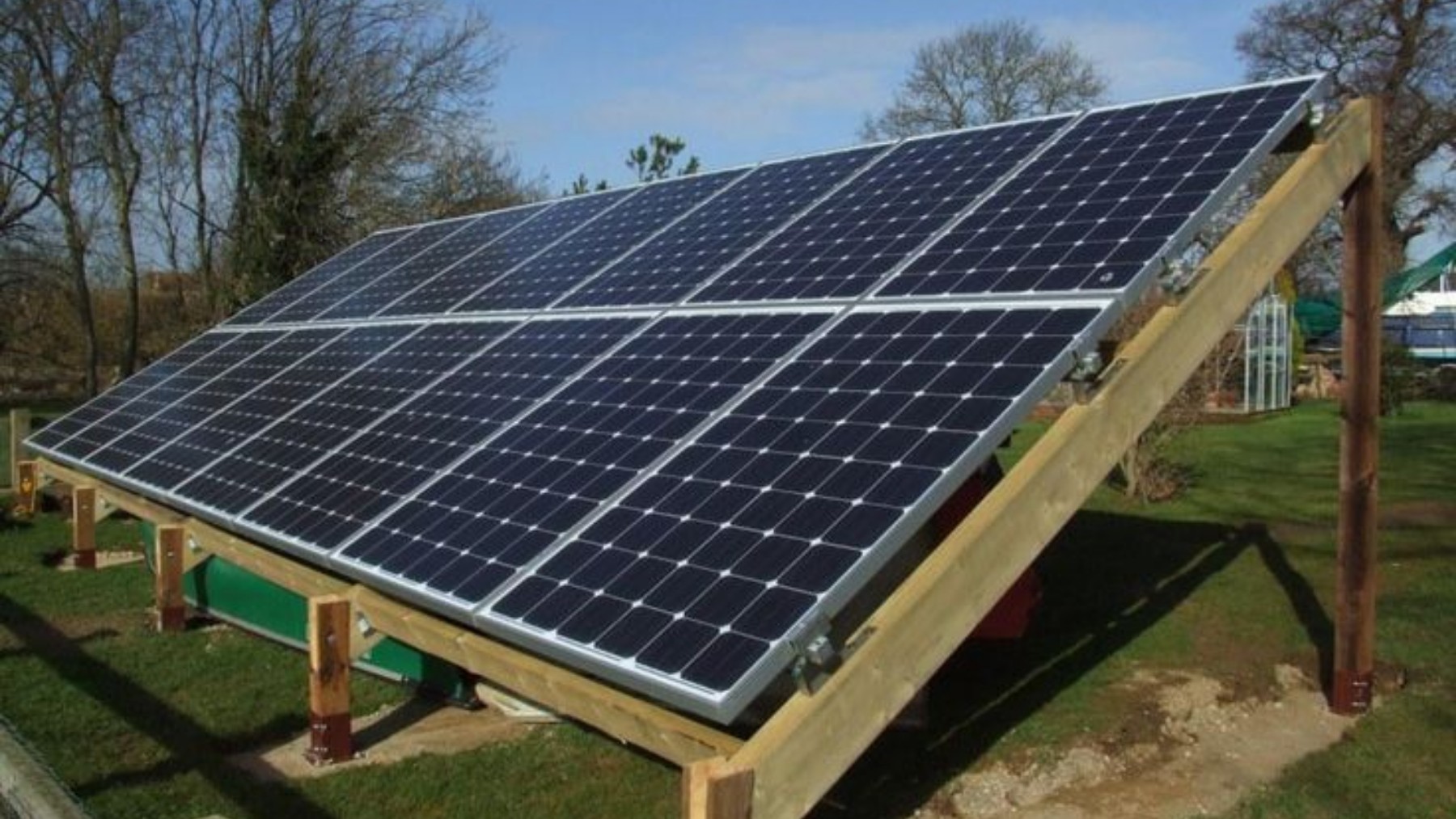Linköping University and KTH Royal Institute of Technology have published a study that aims to replace solar cells produced from plastics and petroleum derivatives with based solar cells. The leader of the study, Qilun Zhang, is committed to using lignin in its “raw” state, called Kraft lignin. This naturally occurring material is extracted from wood and is much more environmentally friendly. Funding for this study has come mainly from Sweden, through the Knut and Alice Wallenberg Foundation, the Swedish Energy Agency and the Wallenberg Wood Science Centre.
Lignina and lignina kraft
Lignin is one of the main structures of plant cell walls. It is an organic polyp. It is the most abundant in nature after cellulose. It functions as a cement that binds the cellulose fibers of plant walls, giving them strength and rigidity. On the other hand, Kraft lignin is obtained through the Kraft process. This process consists of digesting the wood, producing paper pulp that uses an alkaline solution to separate the fibers from the wood. Kraft lignin has several uses such as the production of resins or plastics.
Solar panel made of wood ignited
It is undeniable that solar energy is one of the main sustainable energy sources. However, despite its low CO2 emissions, it is true that cells made of silicon require energy and have a dangerous manufacturing process. A dangerous manufacturing process. They are highly efficient cells, but their production can cause chemical spills into the environment. That is why researchers have turned their attention to organic solar cells. Their attractiveness lies in their low production costs, light weight and flexibility. These are some of the reasons why experts believe it is necessary to develop organic solar cells as opposed to those made of plastic or polymers, which are much more polluting.
First step toward organic solar cells
The aim of Linköping University is to replace today’s petroleum-based cells with wood-based cells. Professor at the Laboratory of Organic Electronics (LOE), Mats Fahlman, explained that organic cells should be efficient, reliable, cheap and environmentally friendly, and that this would be their mission. The first step forward has been taken by Linköping University, together with KTH. The researchers have teamed up to develop the first organic solar cell made from Kraft lignin.
So far, only a small part of the cell is made of this material, but they are working on making 100% of the cell. This is not the first time that materials have been chemically modified, as was the case with perovskite. This group of researchers demonstrated that the molecular composition of kraft lignin, which was extracted from wood in the paper production process, is more suitable for achieving their objective.
Kraft lignin and technology
LOE senior research engineer Qilun Zhang explained that among the advantages of Kraft lignin is its ability to create multiple hydrogen bonds, which helps stabilize the cell. He explains that they have been able to create a new material from Kraft lignin that makes the solar cell more stable. This entire study would not have been possible without funding from the Knut and Alice Wallenberg Foundation, through the Wallenberg Wood Science Centre. The Swedish Energy Agency, the Swedish Research Council, the Swedish Foundation for International Cooperation in Research and Higher Education (STINT) and the Swedish Government’s Strategic Research Area on Functional Materials (AFM) at Linköping University also joined the cause.
Solar cells and environment
Faced with the high use of plastic solar cells, Mats Fahlman stated that, at present, the use of organic solar cells is reserved for indoors, although they could replace bacteria in sensors or devices that do not require high levels of energy. He said, “Organic solar cells will never be the most efficient. But their advantage is that they are non-toxic, sustainable and cheap. If they are 15 to 20 percent efficient, that’s more than enough for most applications”.
Find out what other ways solar energy is being obtained!





